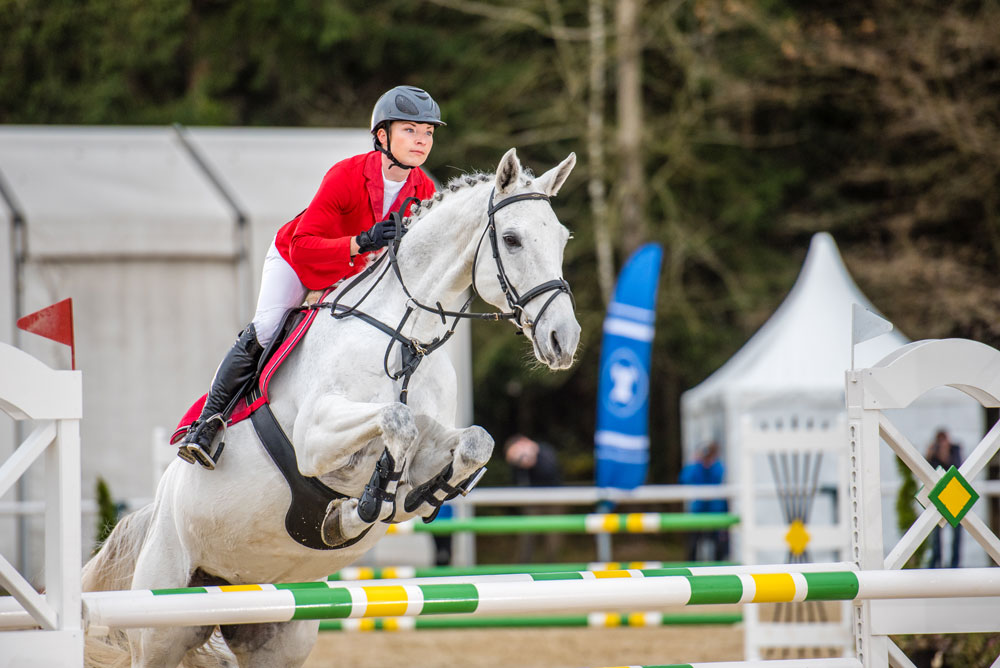
A recent article published in the British Equine Veterinary Association (BEVA) Equine Veterinary Journal was titled, “Radiological prevalence of osteoarthritis of the cervical region in 104 performing Warmblood jumpers.” It was authored by Pablo Espinosa‐Mur, Kathryn L. Phillips, Larry D. Galuppo, Anthony DeRouen, Philippe Benoit, Eleanor Anderson, Karen Shaw, Sarah Puchalski, Duncan Peters, Philip H. Kass and Mathieu Spriet.
This descriptive study aimed to assess the prevalence of cervical osteoarthritis (OA) in a population of Warmblood jumpers to ascertain its correlation with age, level of performance, neck pain and mobility.
One hundred and eight sound Warmblood showjumpers that had competed at least 10 classes were enrolled during a competition series in California. Median age of the population was 10 years and the median height of the current level of performance was 1.3 m.
Cervical pain and range of motion of the neck were subjectively assessed. Lateral radiographs of the cervical spine were taken from C3 to C7 and the presence of OA at the cervical articular process joints (APJs) was evaluated and graded as absent, mild or moderate to severe by three board-certified radiologists.
The prevalence of OA increased caudally, with the C6–C7 APJ most commonly affected by OA (63% of horses). Horses competing in higher-level classes had significantly higher OA grades at C6–C7. This correlation was not significant for the remaining APJ.
There was no association between age, time jumping, neck pain and neck range of motion with the presence of OA on radiographs.
Bottom line: OA of the caudal cervical region is a relatively common finding in actively performing Warmblood jumpers, suggesting that this finding might be of less clinical significance than previously thought.
You can access this BEVA article from the Wiley online library.








